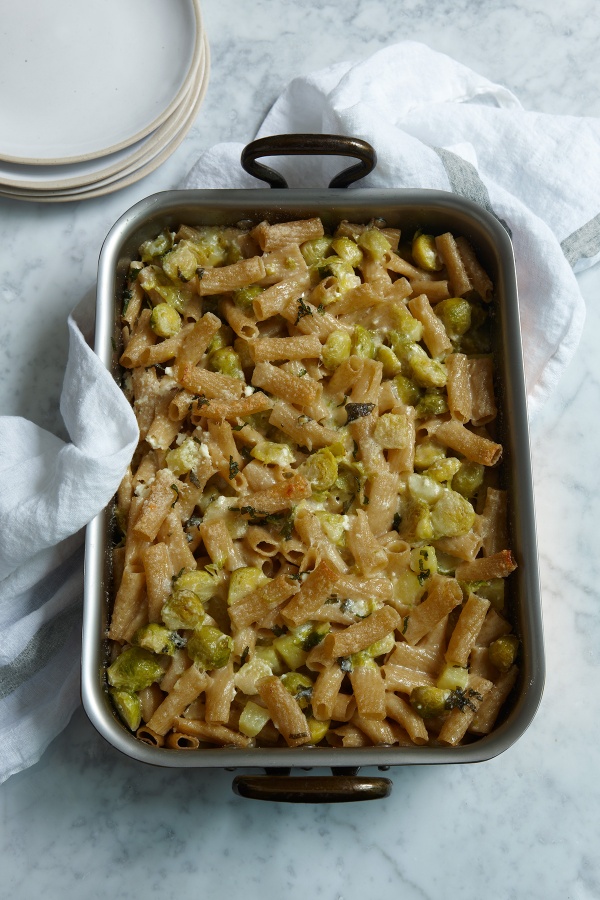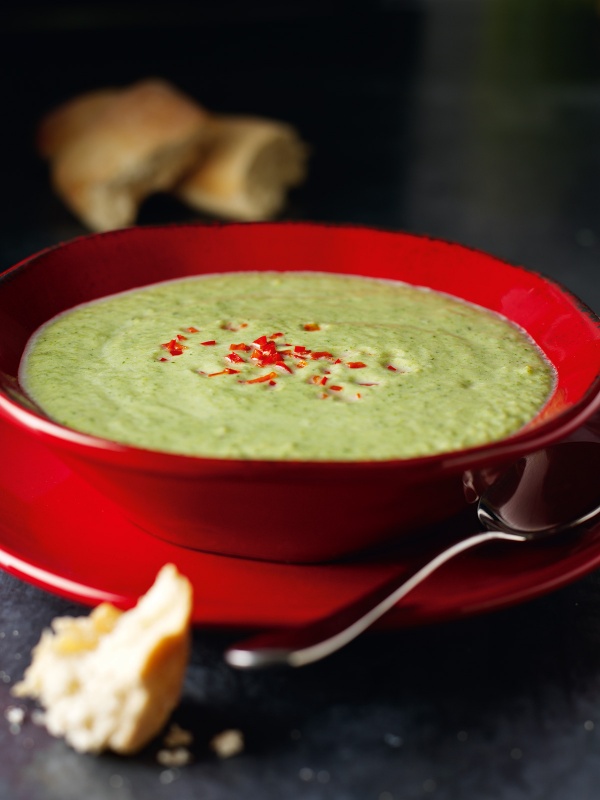Flaming Alcohol When Cooking
Asked by Walter7515. Answered on 26th February 2012
Full question
When making a lobster bisque you have to add brandy and then burn it off. After that you add the stock and let the soup simmer and reduce. My question is why you have to burn the brandy? If you don't burn it the alcohol then it will evaporate while simmering. So I don't see the point of burning the brandy - why do it?
Our answer
Spirits, such as brandy, have a fairly high percentage of alcohol by volume and some people feel that this alcohol can give a slightly harsh tase in cooking, overpowering the other flavours in the dish. So most recipes will look to reduce the alcohol via various forms of evaporation. In the past flaming the alcohol to "burn it off" was seen as a good way to kick-start this evaporation process, particularly if the simmering time after was quite short.
A few years ago the USDA's Nutrient Data Laboratory issued a study of retained nutrients in foods after cooking (see link below, though it is a long document as includes other foods). It included alcohol measures and showed that after flaming only 25% of the alcohol was burned away (or as the USDA puts it, 75% was retained). When alcohol was simmered with other liquids 60% was evaporated, increasing to 65% evaporated after 30 minutes, 75% after 1 hour and 90% after 2 hours.
So simmering is actually more effective if done over a long period of time. If you are simmering the soup base for a long period then it is not particularly necessary to flame the brandy, though it probably helps a little to bubble it fiercely for a minute before adding the stock so that you can start the evaporation process quickly. The flaming step of a dish is now more often used for "show" but is still traditional for dishes such as Crepes Suzette.
If you are flaming a dish then please do so carefully and light it at arm's length. Have a large pan lid handy so you can quickly cover the pan and extinguish the flame if it is too strong.
http://www.nal.usda.gov/fnic/foodcomp/Data/retn5/retn5_tbl.pdf





Tell us what you think
Thank you {% member.data['first-name'] %}.
Explore more questionsYour comment has been submitted.